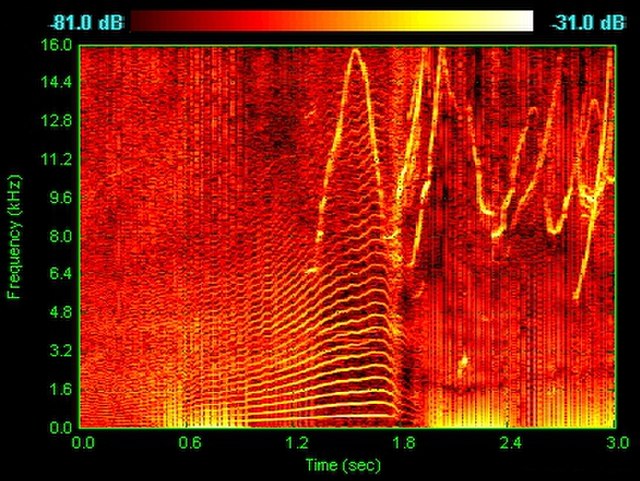The narwhal, is a species of toothed whale, and the only member of the genus Monodon. Its closest living relative is the beluga whale, and cases of interbreeding between the two species has been recorded. It is sexually dimorphic, as adult males are larger than females and have a long single tusk that can be up to 3 m (9.8 ft). The narwhal has a mottled pigmentation, with blackish-brown markings over a white background. Instead of a dorsal fin, the narwhal possesses a shallow dorsal ridge which is thought to facilitate movement under the ice, or reduce surface area and heat loss. An adult narwhal is typically 3.0 to 5.5 m in length and 800 to 1,600 kg in weight. Carl Linnaeus scientifically described the species in his 1758 work Systema Naturae.
Narwhal
Narwhal tusk
Pod of narwhals
Narwhal tail fluke
The toothed whales are a parvorder of cetaceans that includes dolphins, porpoises, and all other whales possessing teeth, such as the beaked whales and sperm whales. 73 species of toothed whales are described. They are one of two living groups of cetaceans, the other being the baleen whales (Mysticeti), which have baleen instead of teeth. The two groups are thought to have diverged around 34 million years ago (mya).
A whale as depicted by Conrad Gessner, 1587, in his Historiae animalium
Fossil of Squalodon
Pacific white-sided dolphins porpoising
Spectrogram of dolphin vocalizations. Whistles, whines, and clicks are visible as upside down V's, horizontal striations, and vertical lines, respectively.








